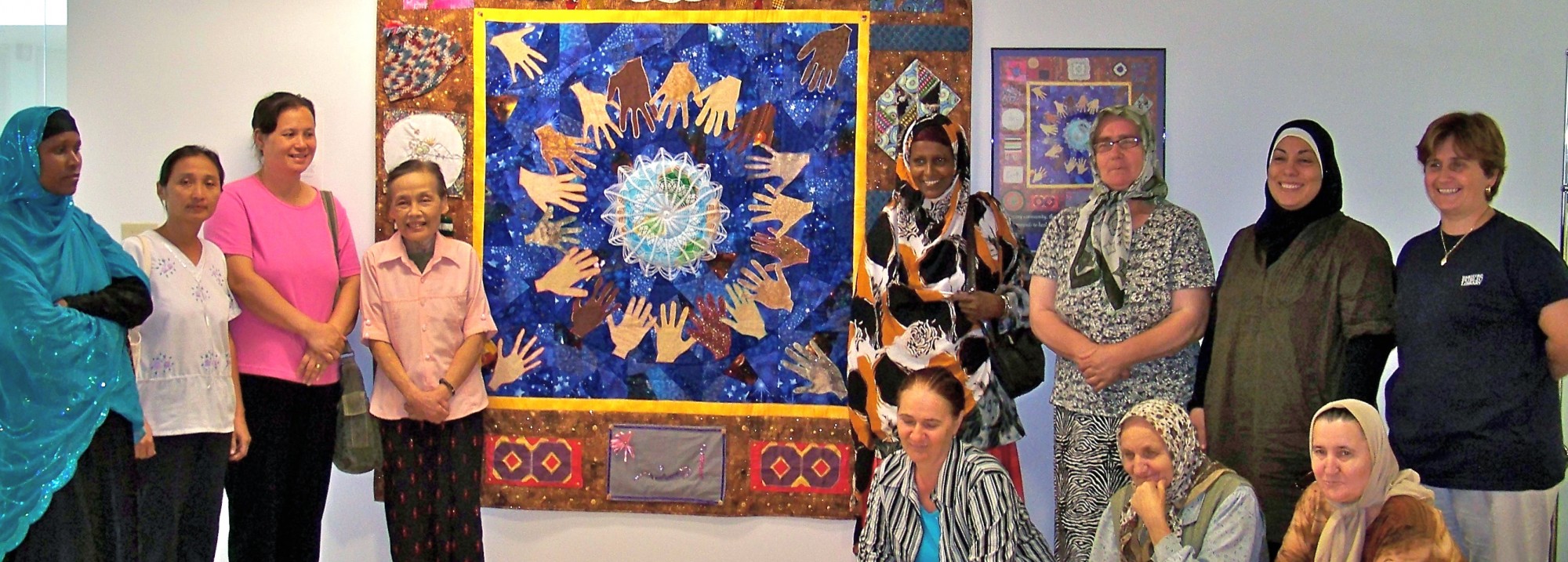In the beginning of this semester’s research for International Hartford, my team was assigned North Main Street and Maple Avenue for our areas of focus. As the semester progressed and as our research trips matriculated, I began to obtain a better sense of the entrepreneurial activity within each area’s respective immigrant population. North Main Street, true to its cultural reputation, proved to be highly saturated with West Indian owned small businesses, whereas Maple Ave tended to have far less of a unified cultural identity. Moreover, Maple Ave had more of a multicultural identity as there was no single ethnic group that was a majority in this area.
During the cultural auditing stage of our research, I began to notice a common theme or notable strategy in many of the successful business owners I encountered. Intriguingly, I found that this theme appeared again within the individual interviews we conducted with foreign-born owners of well-established businesses. The theme in question is that of identifying the optimal business location. As our guest speaker Sharif Soussi stressed, a key function of entrepreneurs is their ability to recognize and act on a good or service missing to society or a specific community. The ability of entrepreneurs to strategically locate themselves is not only conducive to increasing the utility in their communities by making that void good or service more accessible but it also proves to be a path to high profits for the entrepreneur. Of course, there is also the alternative entrepreneur who creates value not by identifying an unsatisfied demand but by differentiating on a pre-existing good or creating value where it did not previously exist. Now, reverting to the previously mentioned type of entrepreneurship, my team encountered a reoccurring pattern of high levels of competition in close proximity. For example, on Maple Ave we noticed an overwhelming number of barbershops almost one after the next with some barbers situated directly across the street from each other. By the basic laws of supply and demand, such highly concentrated levels of competition ultimately drive prices down. Thus, while advantageous to the consumer, the entrepreneur often struggles in such a competitive arena especially in times of market distress or economic turmoil.
During our interview with the owner of a 25-year-old family-owned successful Laundromat on Maple Ave, the gentleman, from Milan, Italy, highlighted the difficulty of rising competition. Furthermore, when asked what advice he would give to any prospective new business owners, he advised to steer clear of competition. Curious about his adamancy on this matter, I later googled how many Laundromats are on or in close proximity to Maple Ave. Within a five block radius of this establishment, six Laundromats popped up on Google maps. Thus, using the simple tool of Google maps, I was able to pinpoint the venue for this particular service. Furthermore, inquisitive as to the reputation of my interviewee’s business, I was able to read up on the business’s reviews. Mainstream public forum review sites such as Yelp give consumers and, more importantly for this discussion, potential entrepreneurs the ability to get a feel for services and goods present in a community. These seemingly trivial tools of being able to operate Google Maps and being able to surf key review sites such as Yelp, for instance, in my opinion, can be extremely indicative of the competition pool a new entrepreneur may be entering when starting their own business. Hence, if I could make one recommendation to International Hartford, I would suggest that they offer classes or a brief training on instruments such as Google Maps and other such devices to its prospective immigrant business owners.
